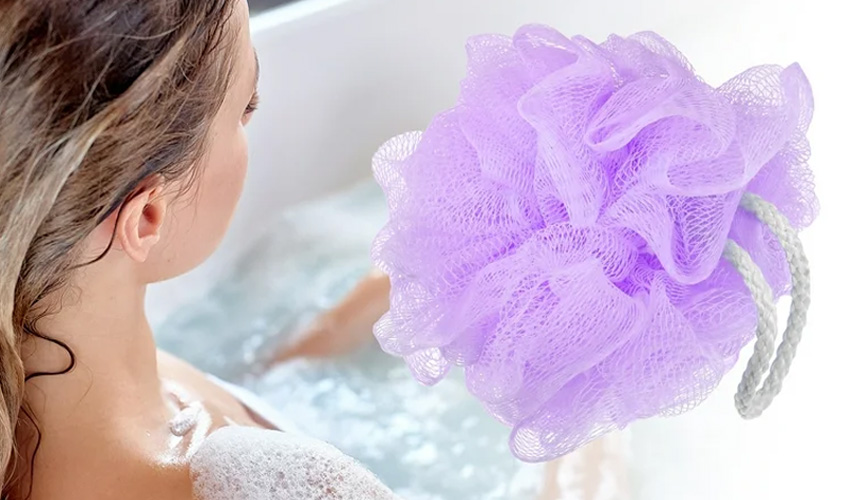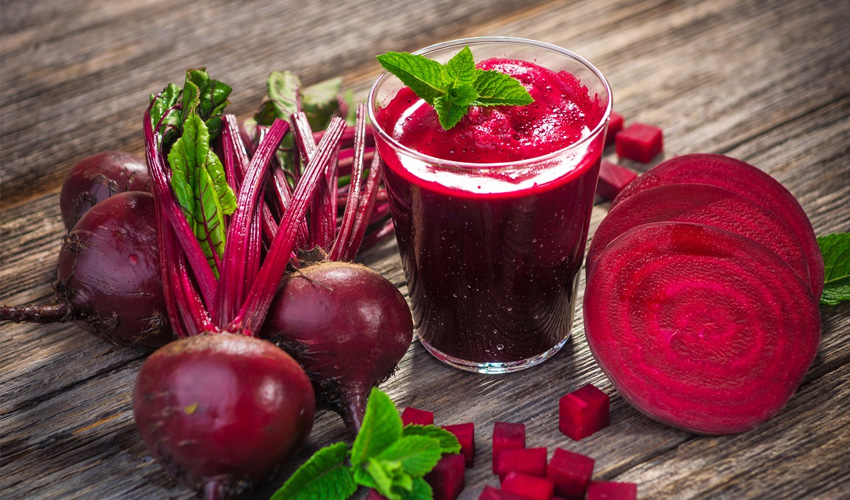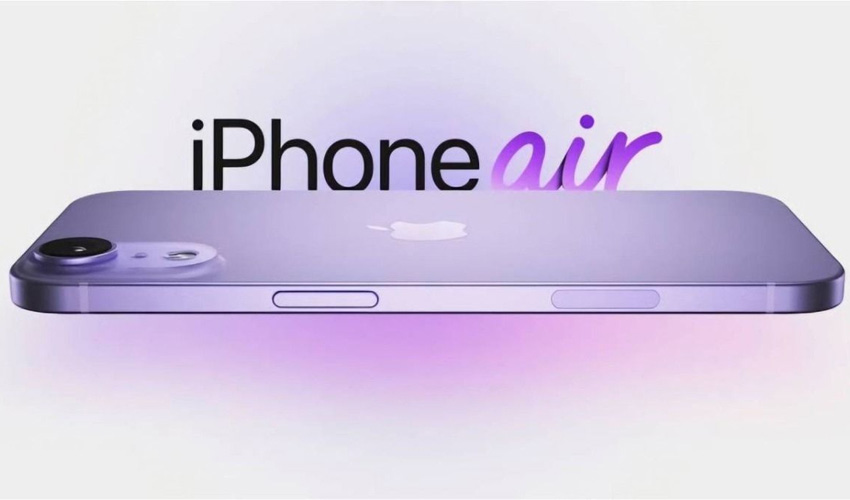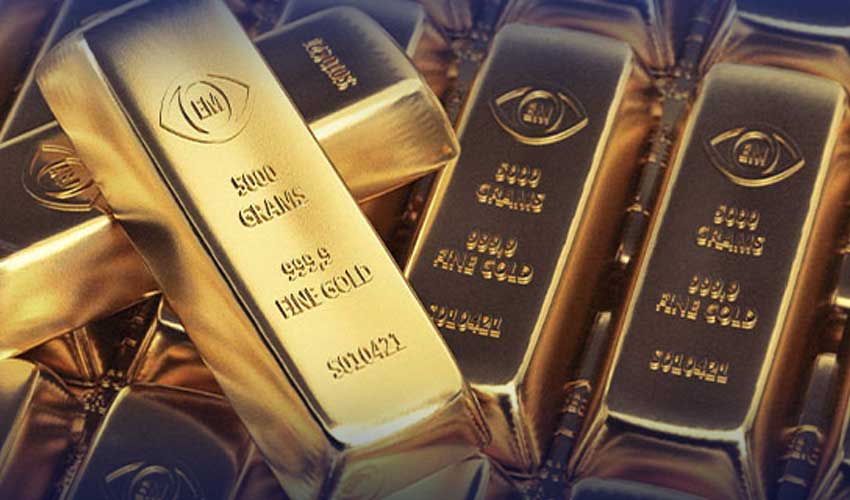For many, the shower is more than just a daily ritual—it's a sanctuary. The soothing cascade of water, paired with aromatic oils, bath salts, and exfoliating scrubs, provides a moment of peace amidst the chaos of everyday life.
The loofah, a favourite tool in many people's bathing routines, plays a central role in this self-care experience.
With its ability to create rich, fragrant lather and exfoliate the skin, it has become an essential item for those seeking smooth, refreshed skin. However, while loofahs promise rejuvenating effects, they could also be harboring something far less pleasant: germs.
Loofah’s germy secret
A loofah is typically made from natural plant fibres or synthetic materials, offering a textured surface ideal for sloughing off dead skin cells.
According to health expert loofahs are not suitable for everyone. While they provide exfoliation, their rough texture may irritate the skin, especially for those with sensitive or compromised skin barriers. For most skin types, using a loofah two to three times a week is enough, ensuring a balance between exfoliation and skin protection.
Hotbed for bacteria
The problem with loofahs arises in their porous structure, which makes them prime breeding grounds for bacteria, mold, and mildew. When left in a damp bathroom environment, loofahs trap dead skin cells and oils, creating a perfect ecosystem for germs to thrive. “Loofahs can harbor bacteria like Pseudomonas, E. coli, and Staphylococcus, which can transfer easily to the skin,” warns Dr. Mikki Singh, director at Bodycraft Clinic and Salon, Bengaluru.
In warm, humid conditions, bacteria multiply rapidly. These harmful microbes, if transferred to the skin, can lead to a range of skin problems, including acne, rashes, folliculitis (inflammation of hair follicles), and boils. In some cases, bacteria can even worsen existing conditions like eczema or cause frictional keratosis (thickening of the skin). The dangers are particularly pronounced when a loofah is used on broken or irritated skin, where bacteria can enter through the exposed tissue and lead to infections.
Proper care is key
If you continue to use a loofah, it's crucial to take steps to ensure its cleanliness. Dr. Sachdev recommends replacing your loofah every 2-4 weeks, especially natural loofahs, which are more porous and prone to bacteria buildup. While synthetic loofahs are slightly more resistant to bacterial growth, they should also be replaced regularly. To further reduce the risk, Dr. Singh suggests cleaning loofahs by soaking them in a diluted bleach solution or microwaving synthetic ones for 20 seconds.
Here are some practical tips to help minimize the risks:
- Rinse and dry after each use: Always rinse your loofah thoroughly and let it dry completely. Store it in a cool, dry area to prevent bacterial growth
- Disinfect weekly: Soak your loofah in a mild bleach solution or an antibacterial wash once a week to kill bacteria
- Avoid delicate skin: Do not use loofahs on sensitive skin or open wounds, as this can lead to irritation or infection
- Limit Use: Exfoliate no more than two to three times per week to avoid over-exfoliating, which can lead to dryness and irritation
- Moisturize: Always follow up with a good moisturizer after using a loofah to replenish your skin’s hydration
Safer alternatives for exfoliation
If the idea of harboring bacteria in your loofah is too much to bear, consider switching to safer, more hygienic exfoliation options. Soft washcloths are a great alternative, as they are easy to clean and replace frequently. Silicone scrubbers, which resist bacterial buildup and are simple to sanitize, are another excellent option.
For those who prefer chemical exfoliation, mild AHAs (alpha hydroxy acids) or BHAs (beta hydroxy acids) provide a controlled method to slough off dead skin cells without the risk of bacterial growth. Exfoliating gloves, which are easy to wash and sanitize, also offer controlled exfoliation without the roughness of a loofah. Similarly, body brushes with synthetic bristles dry faster and are easier to keep clean than loofahs, reducing the chances of bacterial buildup.
While the loofah may still be a favorite in many bathrooms, it's important to recognize the potential health risks it carries if not properly cared for. Taking simple steps such as regular cleaning, replacing loofahs on time, and exploring alternative exfoliating tools can help reduce these risks and keep your skin healthy. Ultimately, maintaining a balance between effective exfoliation and proper hygiene is key to enjoying a safe and refreshing shower experience.


























